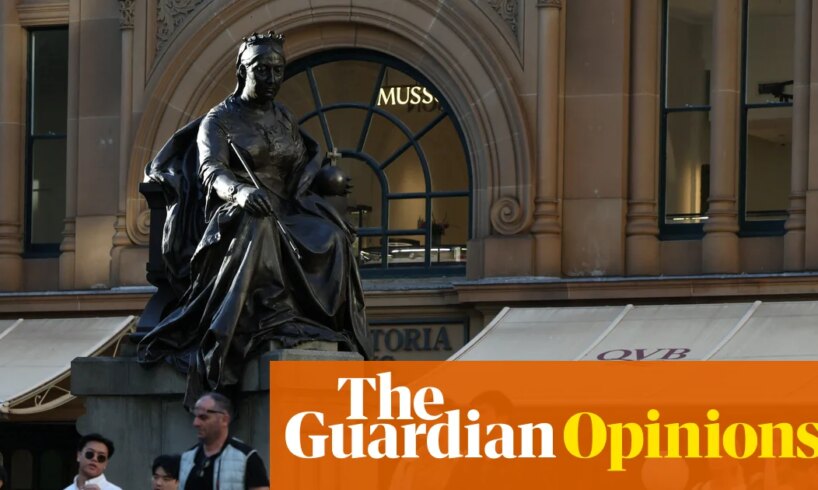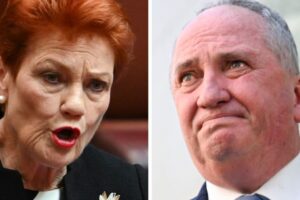
You didn’t vote for it, you weren’t even asked, but it was decided three years ago – mostly by those running the Reserve Bank – that Australia needed an extra 150,000 or so people to be unemployed. Back in 2022 Australia’s unemployment was 3.5%; last week the Bureau of Statistics announced it had reached 4.5% – roughly an extra 150,000 people out of work.
Goodbye full employment, welcome back the arbitrary higher level of people being out of a job for the good of the economy.
The figure was actually a shock to those in the RBA.
On 10 October, the governor of the Reserve Bank appeared before the Senate economics committee and told the senators that “we’ve seen the unemployment rate rise to about 4.2%”. Last week, the Minutes of the RBA’s most recent monetary policy meeting also noted that “the unemployment rate was 4.2 per cent in August, unchanged from July”.
Then last Thursday the ABS released the latest labour force figures and informed everyone that not only did unemployment hit 4.5% in September, but the August figure was revised up to 4.3%:
If the graph does not display click here
I wonder if the RBA executive were embarrassed or ecstatic?
Ecstatic because the RBA has long wanted unemployment to rise, because, in Michele Bullock’s words to the Senate committee: “when you’ve got a very tight labour market, that can put upward pressure on inflation”.
(The key part is “can”, because all through 2023 and 2024, while unemployment was at times well below 4% – very much “tight” – inflation fell all the way to 2.4%. But don’t worry, hike those interest rates and slow the economy!)
Or embarrassed, because the Reserve Bank as little as two months ago was predicting unemployment would not go above 4.3% until at least 2028.
Right now the good oil is on a rate cut on 4 November. After the last RBA meeting, there was now real prospect of a cut before February next year. Little had changed by Wednesday last week. Then unemployment hit 4.5%:
If the graph does not display click here
Now the market rates a rate cut in November as a 74% chance and pretty good odds of another cut by May next year.
All of which is to say that the outlook for the economy is worse than some were thinking was the case a week ago.
But we should not let the RBA off the hook too easily. Bullock before the Senate committee suggested that we should not get too worried about rising unemployment because “employment is growing. It’s just not growing as quickly as the labour force is growing”.
And well, sure, but that is essentially the definition of rising unemployment. The only time employment in total starts falling is when you are in a recession, and no one is saying we are in that.
But even still, as those who read my column last month would know, employment growth has been falling sharply and worryingly. The September figures only confirmed what was obvious:
If the graph does not display click here
In all categories except part-time women’s employment, annual growth is lower than it was in the decade before the pandemic – a decade in which the RBA cut rates from 4.75% to 0.75% in an effort to get the economy moving:
If the graph does not display click here
The thing about the employment growth is that most of it has come in what’s known as the non-market sectors of education, health care and social assistance, and public administration.
This was evident before the latest labour force figures. Excluding agriculture (which is greatly subject to seasons and weather conditions) the level of hours worked in the market sector had been falling throughout this year – the September figures showed they are still falling:
If the graph does not display click here
It is pretty clear that hours worked in market sector jobs – those that are truly driven by demand for goods and services – have been dropping fast. In the past couple of years growth never approached what we saw before the pandemic:
If the graph does not display click here
And yet the RBA minutes told us that “the bulk of employment growth over the first half of 2025 had been in the market sector, following strong growth in non-market sector employment in 2024”.
It will no doubt be a surprise to the RBA to discover that the total hours worked in the market sector in the September quarter was 0.8% lower than in the December quarter last year, while hours worked in the non-market sector was up 4.2%.
That does not suggest an economy overheating – but rather one in need of stimulus.
So, will we have another rate cut? We should, of course. But next week the September quarter inflation figures are released, and the RBA might use any small unexpected rise as an excuse to keep rates steady, even while unemployment rises much faster than the RBA anticipated.
Greg Jericho is a Guardian columnist and policy director at the Centre for Future Work





